Years of service 1906–44 | Name Mineichi Koga Rank Marshal Admiral | |
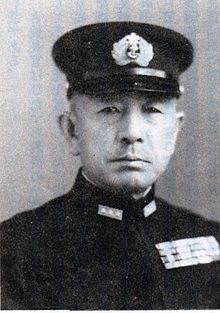 | ||
Awards Order of the Sacred Treasures, 1st classOrder of the Rising Sun, 1st classOrder of the Golden Kite, 1st classKnight's Cross of the Iron Cross Similar People Jinichi Kusaka, Seiichi Ito, William Halsey - Jr, George Kenney, Frederick C Sherman | ||
Mineichi Koga (古賀 峯一, Koga Mineichi, September 25, 1885 – March 31, 1944) was a Japanese Marshal Admiral and commander-in-chief of the Imperial Japanese Navy's Combined Fleet.
Contents
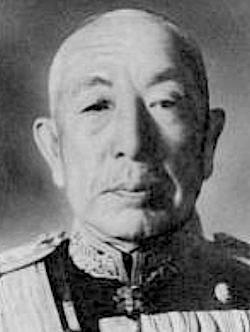
Biography
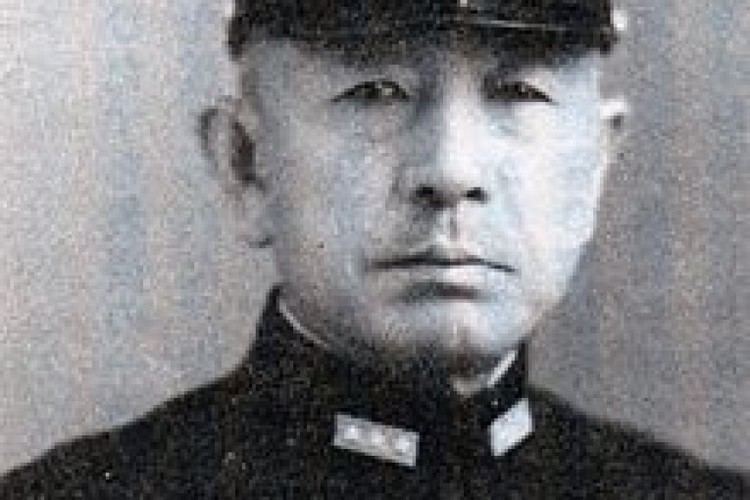
Koga was born in the famous ceramics center of Arita in Nishimatsuura County of Saga Prefecture in 1885. He entered the 34th class of the Imperial Japanese Naval Academy and graduated in 1906, ranked 14th of 176 cadets.
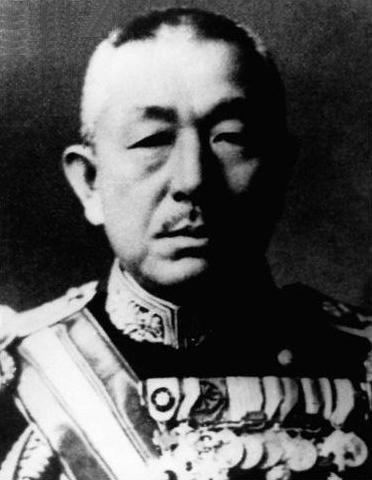
He served as midshipman on the cruiser Matsushima on its long distance navigational training cruise to Honolulu, Hilo, Wellington, Brisbane, Palm Island, Queensland, Batavia, Singapore, Mako, Tsingtao, Port Arthur, Dairen, Chemulpo, Chinkai, Busan and Kagoshima. On his return, he was commissioned as ensign and assigned to the Katori, followed by Otowa and Suma.

As a sub-lieutenant he served on the Soya and Aki, and as lieutenant from 1911, he served on Kashima.
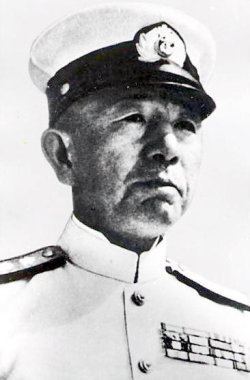
After further attendance at the Naval War College (Japan), Koga held shore staff posting following his graduation and promotion to lieutenant commander in 1917. In 1920, seeing no action during World War I, Koga became a resident officer in France. He returned in 1922 to become executive officer on the Kitakami. On his promotion to captain on December 1, 1926, Koga was again posted to France, where he served as a naval attaché in Paris until November 1, 1928.
Recalled to Japan in 1930 and being given command of the Yokosuka Naval Station, Koga captained the heavy cruiser Aoba from December 31, 1930, and the battleship Ise from December 31, 1931, until his appointment to rear admiral on December 31, 1932 and transfer to be Chief of the Imperial Japanese Navy General Staff's Intelligence Division in 1933.
Koga became Vice Chief of the Navy General Staff and promoted to vice admiral on December 31, 1936 shortly before the beginning of the Second Sino-Japanese War in 1937.
Commander of the IJN 2nd Fleet in 1939, Koga was placed in command of the China Area Fleet on September 1, 1941. Koga shared Yamamoto's misgivings about war with the United States, but disagreed with Yamamoto regarding the use of naval aviation, remaining a firm battleship advocate until events later in the Pacific War proved his position outdated.
Battle of Hong Kong
With the start of the Pacific War, Koga commanded naval operations during The Battle of Hong Kong from December 9, 1941 to the end of the month.
Commander in Chief
Following the death of Admiral Isoroku Yamamoto on April 19, 1943, Koga succeeded Yamamoto as Commander in Chief of the Combined Fleet. His flagship was the battleship Musashi. Koga attempted to revitalize Japanese naval operations by reorganization of the Combined Fleet into task forces built around aircraft carriers in imitation of the United States Navy, and organized a land-based naval air fleet to work in coordination with the carriers. Operationally, he intended to mount an aggressive counteroffensive in the Aleutians to dilute American forces and to lure the American fleet into a major naval engagement in 1943. However, the losses of Japan's land and carrier based aircraft based in the central Pacific eventually forced a Japanese withdrawal from the Gilbert Islands and Solomons by the end of the year. Koga gradually adopted a more conservative stance, attempting to conserve his remaining forces to inflict maximum damage on the Americans when they closed toward the Philippines.
Death
Koga was killed when his plane, a Kawanishi "Emily" flying boat, crashed during a typhoon between Palau and Davao while overseeing the withdrawal of the Combined Fleet from its Palau headquarters on March 31, 1944. His death was not announced until May 1944 when he was formally replaced by Admiral Soemu Toyoda.
Koga was promoted to Marshal Admiral posthumously and he was accorded a state funeral. His grave is at the Tama Cemetery, outside of Tokyo.
